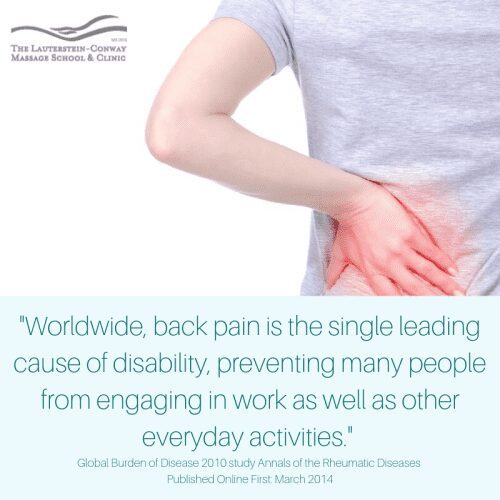Re-root the back!
By David Lauterstein
The back does so much for us – helping us stand, twist, turn, bend forward and back. It’s no surprise the back requires a complicated interweaving and interaction of many muscles. One of the main groups is called the erector spinae.
I never understood the erector spinae until I saw a lovely illustration in Carmine Clemente’s “Regional Atlas of Human Anatomy”. This realistically showed the erectors on the left side and on the right side was a line drawing of their routes and attachments to the ribs, spine and head.
They looked just like vines climbing up a trellis! AHA!
So you can imagine the one of the main problems causing lower back pain is our leaning forward so much of the time. When we sit, when we drive, even when we walk, we are often bending the spine forward. The erector spinae keep us from falling on our faces as we lean forward. They have to stay tense so much of the time just as they are holding on for dear life to our rib cage. Finally, just like a plant that’s gotten too heavy for the pot it’s planted in, our forward leaning torsos begin eventually “up-rooting” the erector spinae and their associated connective tissues.
So “re-rooting” the erector spinae is a tender action we do as therapists. We are helping the plant to be more settled in its container; to be more securely and safely rooted. With their straining relieved, these roots can deliver the nourishment the back muscles and their connective tissues so badly need to do their important work. The back needs circulatory refreshment!
Perhaps with this re-rooting of the erectors, the back can be restored as a reliable place, even, dare we say, a place in which we can feel, not strain, but the deep pleasure of healthy movement.
Go back to your roots. Be at home and at peace in your back.

